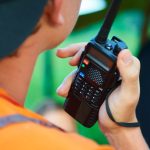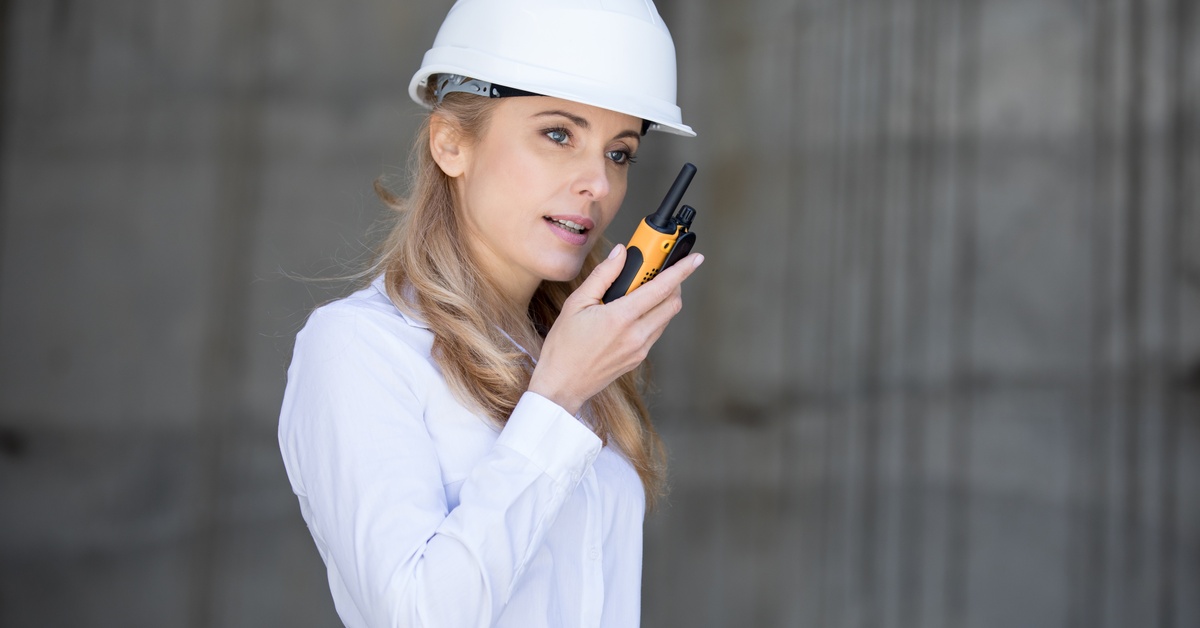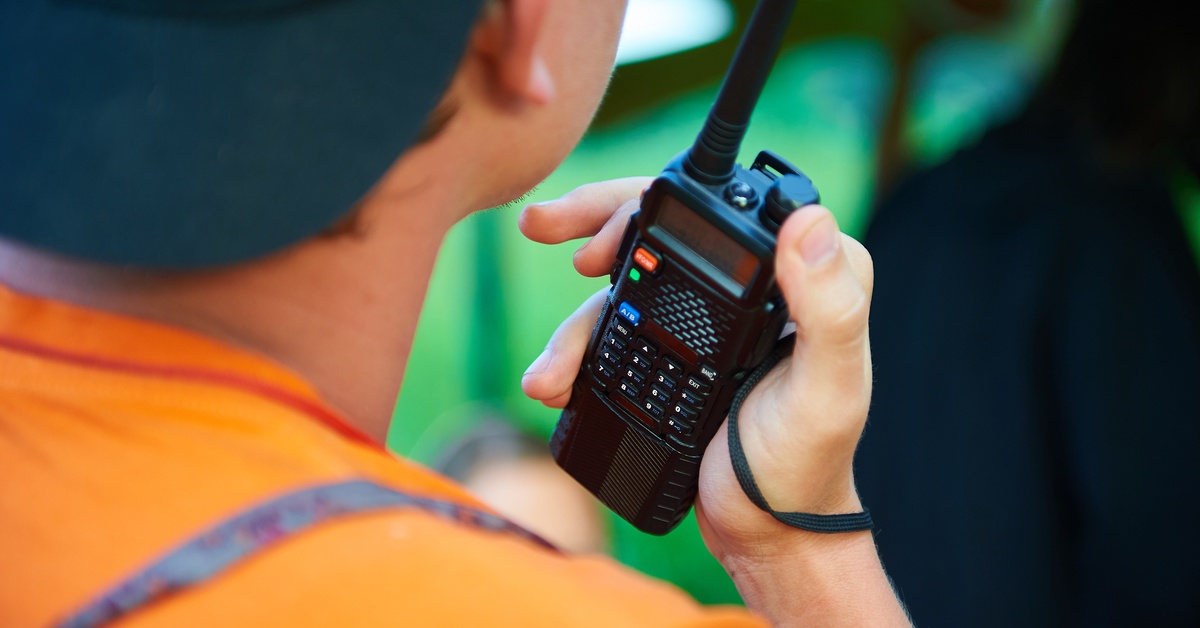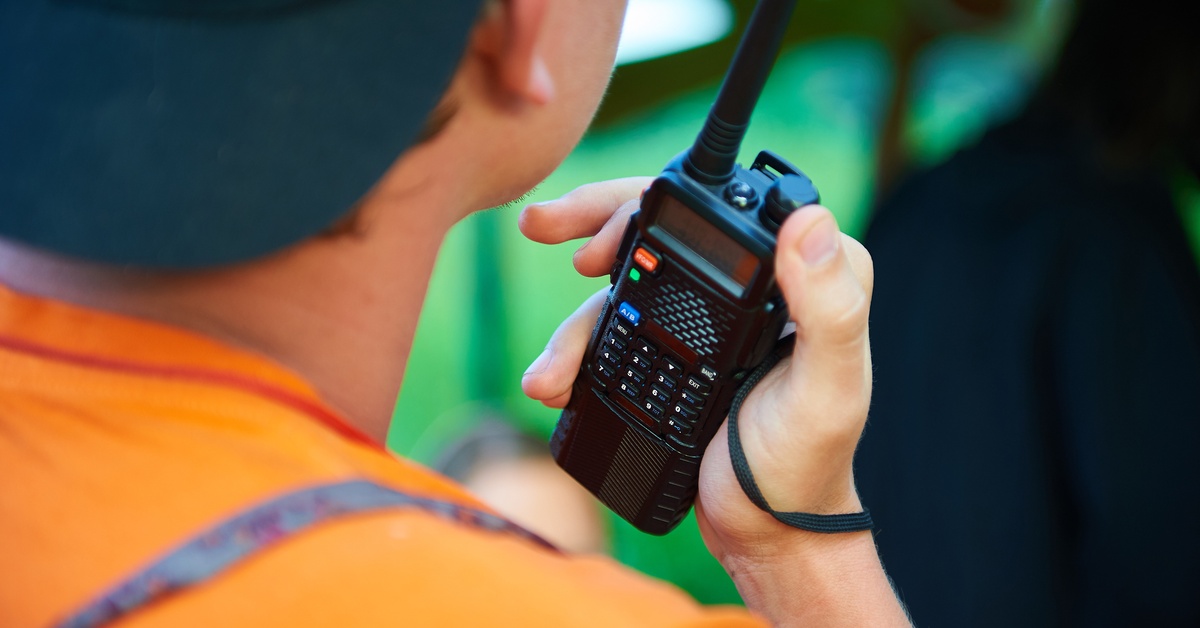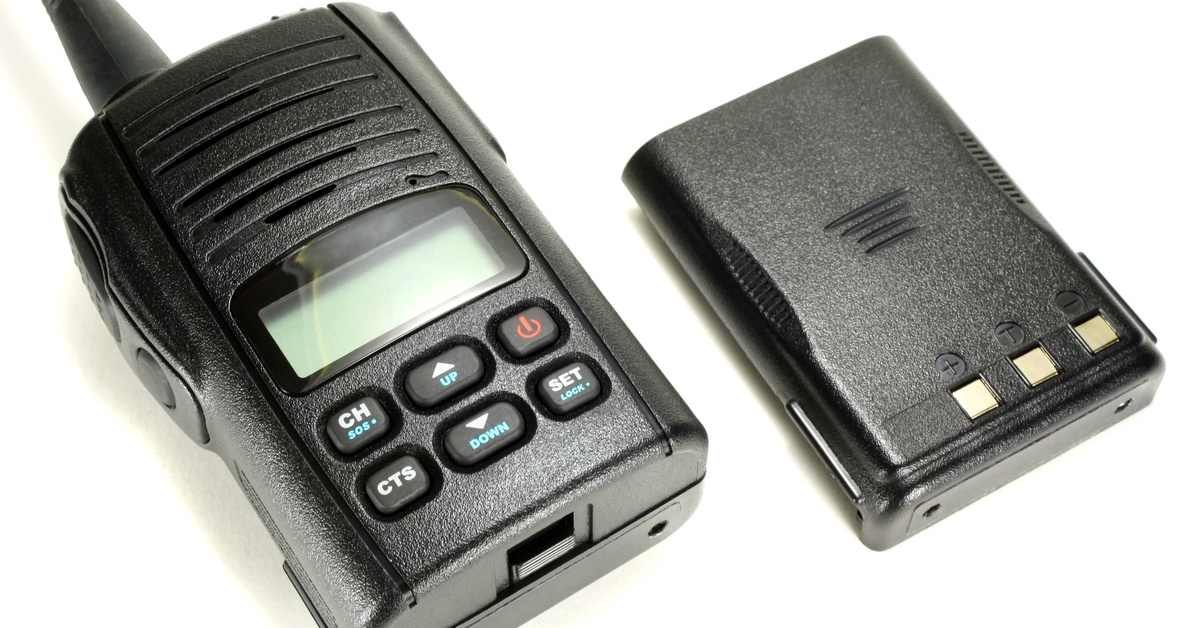Two-way radios are integral to industries like public safety, event management, logistics, and construction. At the heart of these devices lies an essential component: the battery, which determines how long these critical communication tools can perform without interruption. However, with ongoing advancements in technology and the demands of modern workplaces, the landscape of two-way radio batteries is rapidly evolving.
From addressing current limitations to exploring groundbreaking technologies on the horizon, this guide dives deep into what’s to come for the future of two-way radio batteries. Continue reading to learn what to anticipate in terms of performance, longevity, and more.
Understanding the Limitations of Current Batteries
Today, two-way radios rely primarily on nickel-cadmium (NiCd), nickel-metal hydride (NiMH), and lithium-ion (Li-ion) batteries. Each of these offers unique advantages, but they also come with limitations that prevent them from fully meeting the needs of modern users.
Nickel-cadmium batteries are durable and provide consistent power delivery. However, they are bulky and prone to environmental concerns due to the cadmium used in their construction. Nickel-metal hydride batteries are an improvement in terms of energy density and eco-friendliness, but they suffer from a faster self-discharge rate and more limited recharge cycles.
Lithium-ion batteries have become the most popular choice in recent years due to their lightweight properties and longer life. Yet, these batteries also have their shortcomings. They are susceptible to thermal runaway (overheating and potential combustion), require delicate handling for optimal performance, and are not immune to degradation over time.
As communication needs grow more sophisticated, the limitations of current battery technologies are apparent. High-powered radios with advanced features like GPS, Bluetooth connectivity, and integrated data capabilities require batteries that can keep up with the increasing energy demands.
Introducing Emerging Technologies in Battery Design
The next phase of innovation in two-way radio batteries promises to transform how professionals interact with these essential tools. Several emerging battery technologies are currently under development, and each has the potential to revolutionize the performance and utility of two-way radios.
Solid-State Batteries
One particularly exciting advancement is solid-state batteries. Unlike traditional lithium-ion batteries, which use liquid electrolytes, solid-state designs feature solid electrolytes. This shift reduces the risk of overheating and significantly increases energy density. What this means for two-way radio users is lighter devices with extended operational hours and faster charging times.
Graphene-Based Batteries
Graphene-based batteries are another promising development. Graphene, an ultra-thin material derived from carbon atoms, offers incredible conductivity and mechanical strength. Batteries making use of graphene could deliver power at unprecedented speeds while also extending the overall lifespan of the battery itself.
Silicon-Anode Batteries
Silicon-anode batteries replace the graphite anode found in lithium-ion designs with highly conductive silicon, which can store far more energy. The result is a massive leap in capacity without increasing the physical size of the battery.
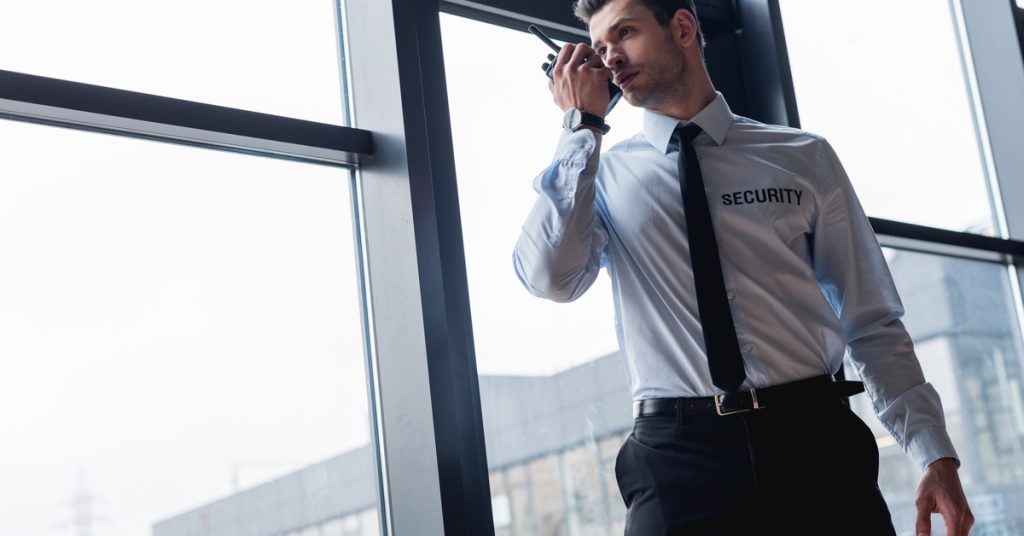
Advancing Performance and Lifespan
What do these innovations mean for two-way radio users? For starters, advancements in battery technology will address one of the most common pain points in professional communication settings: downtime caused by swapping or charging batteries. Longer-lasting batteries directly enhance productivity, ensuring communication lines remain open during critical moments.
Beyond longevity, the weight and portability of two-way radios stand to improve significantly. Sleek, lightweight devices that run on the latest solid-state or graphene-based batteries will make it easier for teams to carry and operate radios for extended periods. For industries that often require long shifts or cover vast spaces, this is nothing short of a game-changer.
Additionally, improvements in fast-charging technology will be invaluable. Batteries that reach full capacity in a matter of minutes rather than hours can make a huge difference in sectors where time is of the essence. Emergency services, security teams, and frontline workers stand to benefit immensely from this evolution in charging efficiency.
Another important benefit lies in improving the lifespan of batteries themselves. By adopting more durable battery materials, manufacturers can create products that experience less degradation over time. This reduces the need for frequent replacements, lowering overall costs for businesses and minimizing the environmental impact of discarded batteries.
What Lies Ahead for Two-Way Radio Batteries?
Two-way radio batteries have vast potential, with innovations on the horizon promising longer life, faster charging, and greater efficiency. Yet predicting what’s to come for the future of two-way radio batteries requires an understanding of broader industry trends and user expectations.
AI Power Management Systems
One major development on the horizon may be the introduction of AI-driven power management systems designed to work seamlessly with these advanced batteries. Using predictive analytics, these systems could optimize energy consumption based on usage patterns, extending battery life and avoiding unnecessary drain.
Wireless Charging
Wireless charging is another feature likely to gain traction. While this technology has already proven popular in consumer electronics, its adoption in professional devices like two-way radios could simplify group deployments and minimize downtime altogether. Imagine a workplace where charging mats replace cumbersome docking stations, and you can effortlessly keep batteries at full capacity.
Sustainability
Sustainability will play a larger role in shaping future batteries, too. Manufacturers are increasingly looking at the circular economy, emphasizing the importance of recyclable materials and eco-friendly production processes. As regulations around e-waste tighten globally, adopting sustainable practices will ensure compliance while appealing to eco-conscious users.
Modular Battery Systems
Modular battery systems may redefine how users interact with their radios. Imagine being able to snap on additional power units for extended shifts or switch between high-capacity and lightweight modules depending on your needs for the day. This kind of versatility could redefine workplace efficiency across industries.

Pioneering a New Chapter in Communication
Two-way radios have long been a staple of professional communication, trusted in scenarios where reliability and clarity are non-negotiable. However, the batteries that power these devices are entering an era of transformation, fueled by technological breakthroughs and shifting user demands.
With innovations like solid-state batteries, graphene-based solutions, and silicon-anode designs, the opportunities to enhance two-way radio performance have never been greater. Coupled with advancements in charging technology, sustainability efforts, and modular designs, the potential for innovation is boundless.
As technology continues to evolve, Battery Distributors will keep you connected with our diverse selection of battery replacements. We carry batteries for many devices, including Motorola APX 1000 battery replacements, so you can maintain uninterrupted contact whether you’re managing a construction site or coordinating an emergency response team. Make the most of your communication systems with reliable battery replacements today!



